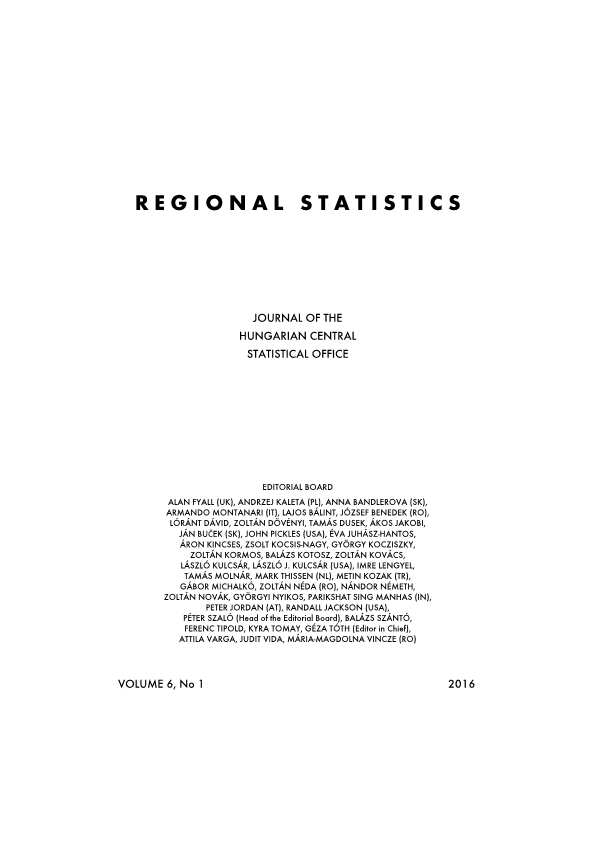The importance of spatial adjustment processes
in the labour force: the case of Albania
The importance of spatial adjustment processes
in the labour force: the case of Albania
Author(s): Federico Benassi, Boeri Marco, Pranvera Elezi, Donatella ZindatoSubject(s): Social Sciences, Economy, Geography, Regional studies
Published by: Központi Statisztikai Hivatal
Keywords: work commuting; census data; territorial imbalances; spatial adjustments; Albania
Summary/Abstract: Using census data on work commuting in Albania – collected for the first time in 2011 – this study examines the spatial adjustment processes between demand and supply of labour across the country. The first part focuses on the spatial adjustment of labour forces that occur within and between Albanian’s prefectures. Several statistical indicators, derived using origin-destination matrices, measure the differential levels of attraction and expulsion of each prefecture. Results show a high level of heterogeneity and emphasise the crucial role of spatial contiguity among prefectures on this spatial dynamic. The second part examines the role of the municipality of Tirana. This is first investigated within a three-territorial-units system (the municipality of Tirana, rest of the prefecture and rest of Albania) and then within the prefecture as a closed system. Interestingly, 71.5% of all the commuting flows directed to the Municipality originate from municipalities located very close to Tirana (less than 10 km). We conclude that the spatial structure of the prefecture, reasonably extendable to the whole country, can be defined as monocentric. Further studies should focus on the implied costs of this system to the society and environment of Albania.
Journal: Regional Statistics
- Issue Year: 6/2016
- Issue No: 01
- Page Range: 82-103
- Page Count: 22
- Language: English

